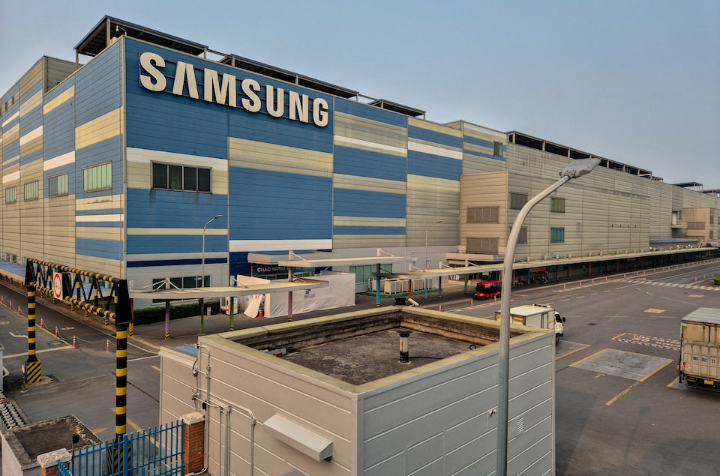Samsung Electronics and Vietnam may be staring down a major disruption as former U.S. President Donald Trump revives his aggressive tariff strategy. At the heart of the issue is a potential 46% tariff on Vietnamese goods—an economic move that could shake Vietnam’s export-driven economy and force Samsung, one of its largest investors, to rethink its manufacturing game plan.
When Samsung’s Chairman Jay Y. Lee met with Vietnam’s Prime Minister Pham Minh Chinh last July, his message was clear: “Vietnam’s success is Samsung’s success.” And indeed, Samsung has invested billions into Vietnam since entering the country in 1989, making it the global hub for its smartphone and display production. About 60% of Samsung’s 220 million annual phone sales are produced in Vietnam, with many headed to the U.S., its second-largest market.
However, this tight relationship could now face serious strain. Trump’s tariff plans, initially proposing a steep 46% duty on Vietnamese goods, were temporarily eased to 10% for a 90-day window. Still, interviews with insiders at Samsung and its supply chain reveal growing concerns over long-term strategies, particularly if the full tariffs come into effect in July.
“There’s confusion,” admitted one Samsung executive. “We didn’t expect Vietnam to be hit this hard.”
Vietnam is now actively lobbying the U.S. to reduce the proposed tariffs to around 22–28%. But with a $120 billion trade surplus with the U.S., Vietnam remains a major target in Trump’s campaign to reduce trade imbalances. If talks fail, Samsung is reportedly exploring a shift in production to India or even back to South Korea—though these moves would be costly and slow.
The tariff threat is not the only storm cloud over Vietnam’s appeal to manufacturers. The country is already facing rising wages, tighter labor supply, new OECD-driven tax reforms, and even power shortages. Some Korean companies operating in Vietnam describe the situation as “serious.”
According to Nomura economists, India may benefit from Vietnam’s potential loss. India and the U.S. are already working toward a trade agreement, aiming to finalize the first phase later this year.
To maintain U.S. relations, Vietnam has already ramped up American imports and initiated trade talks under Trump’s new “reciprocal” tariff framework. Still, uncertainty dominates.

“There was panic when the tariff plan was first announced,” said Ko Tae-yeon, chairman of the Korea Chamber of Business in Vietnam. “Many companies began planning job cuts.”
While Samsung hasn’t finalized its response, sources say it may begin shifting production of U.S.-bound smartphones to its Gumi factory in South Korea. India is also being considered, though it currently supports only about 20% of Samsung’s global output and would require a significant scale-up.
Vietnam, which exported around $54 billion in Samsung-made goods last year—roughly 15% of its total exports—could see a painful hit if Samsung scales back. For workers on the ground, the uncertainty is even more personal.
“I’m scared they’ll cut everything,” said Nguyen Thi Hao, a factory worker in Thai Nguyen.
Whether Vietnam and Samsung can weather the storm or are forced into costly changes remains to be seen, but one thing is clear: the stakes have never been higher.



